When you think about rare and endangered birds, your mind might wander to species that are large, or colorful, or odd. Species like New Guinea’s birds of paradise, the California condor, or New Zealand’s endearing kiwi.
But one of the world’s most unique and endangered birds is a small, quail-like species living in the inland grasslands of Australia: the plains-wanderer.
They’re a relatively unknown species, even within Australia. Few have heard of them, save Australian birders and the private landowners and conservationists working to protect these special little birds of the grasslands.
Meet the Goldilocks Bird
Dappled brown, with a startled expression and secretive nature, the plains-wanderer might not look especially impressive at first glance. “What makes them special is they’re really evolutionary and taxonomically distinct from other birds,” explains Dan Nugent, an ecologist with Bush Heritage Australia who studies plains-wanderers.
“All of its close relatives have died out,” says Nugent, “so there’s really nothing else like it left on earth.” The plains-wanderer is the only remaining bird in its family, Pedionomidae. Its closest (but still distant) living relations are thought to be the South American seedsnipes, a group of plant-eating shorebirds.
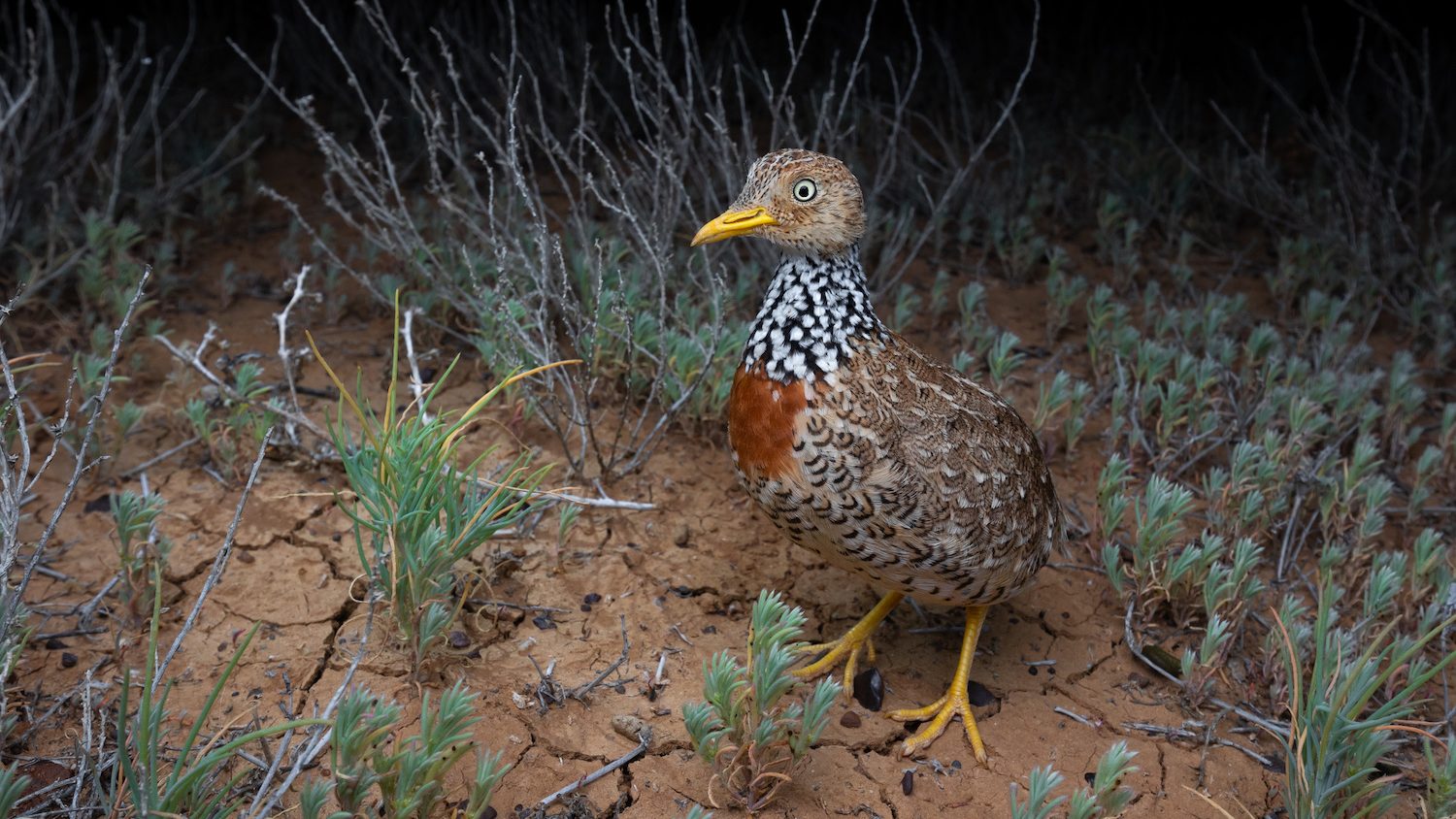
As their name suggests, plains-wanderers live in open, grassy plains across eastern Australia, including Victoria, New South Wales, South Australia and western Queensland.
Unlike many other bird species, females are substantially larger and more brightly colored than males, sporting a brick-red breast and a distinctive black collar with white spots. Females defend territories, and during the breeding season they attract males with deep boom calls. The birds will only breed when rainfall causes a burst of growth on the grasslands. Females lay around four eggs, and then the male takes over most of the work incubating the eggs and attending young chicks.
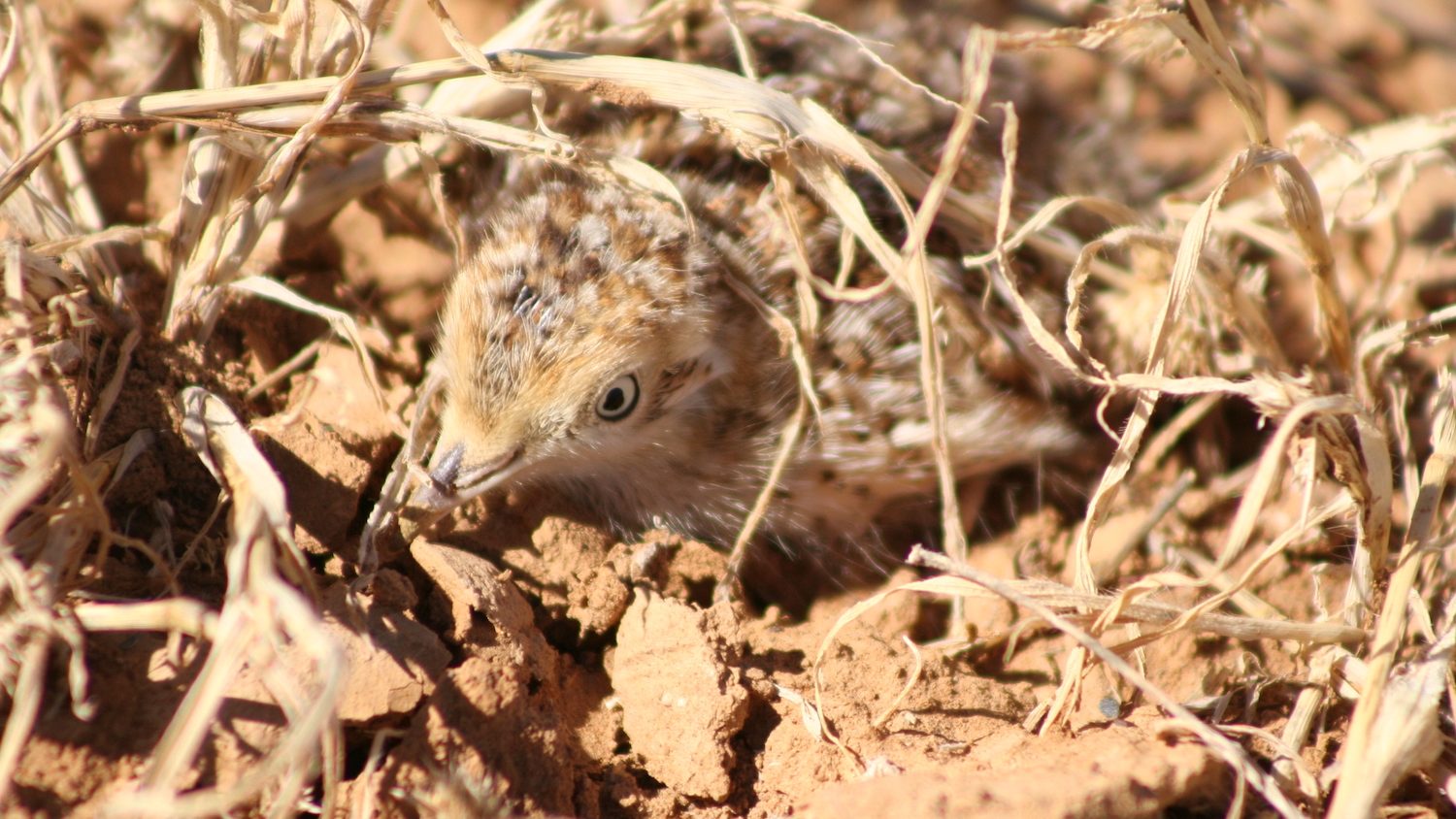
Plains-wanderers are critically endangered, with a population of somewhere between 250 and 1,000 birds patchily distributed across their range. “There’s pretty good evidence that as soon as Europeans arrived, the population started to decline pretty rapidly,” explains Nugent. “And we think that was caused by a combination of the conversion of native grasslands to cropping and cultivated paddocks, as well as feral predators.”
In northern Victoria — a stronghold for plains-wanderers — just 6% of native grassland ecosystems remain intact. It’s a situation that’s not unique to Australia; grasslands are one of the most endangered ecosystems globally.
Invasive cats and foxes are also a problem, for both the plains-wanderer and many of Australia’s native mammals. “They’re very vulnerable living on the ground, and they’ve got pretty poor predator awareness to these new predators that they’ve never had to deal with for millions of years,” says Nugent.
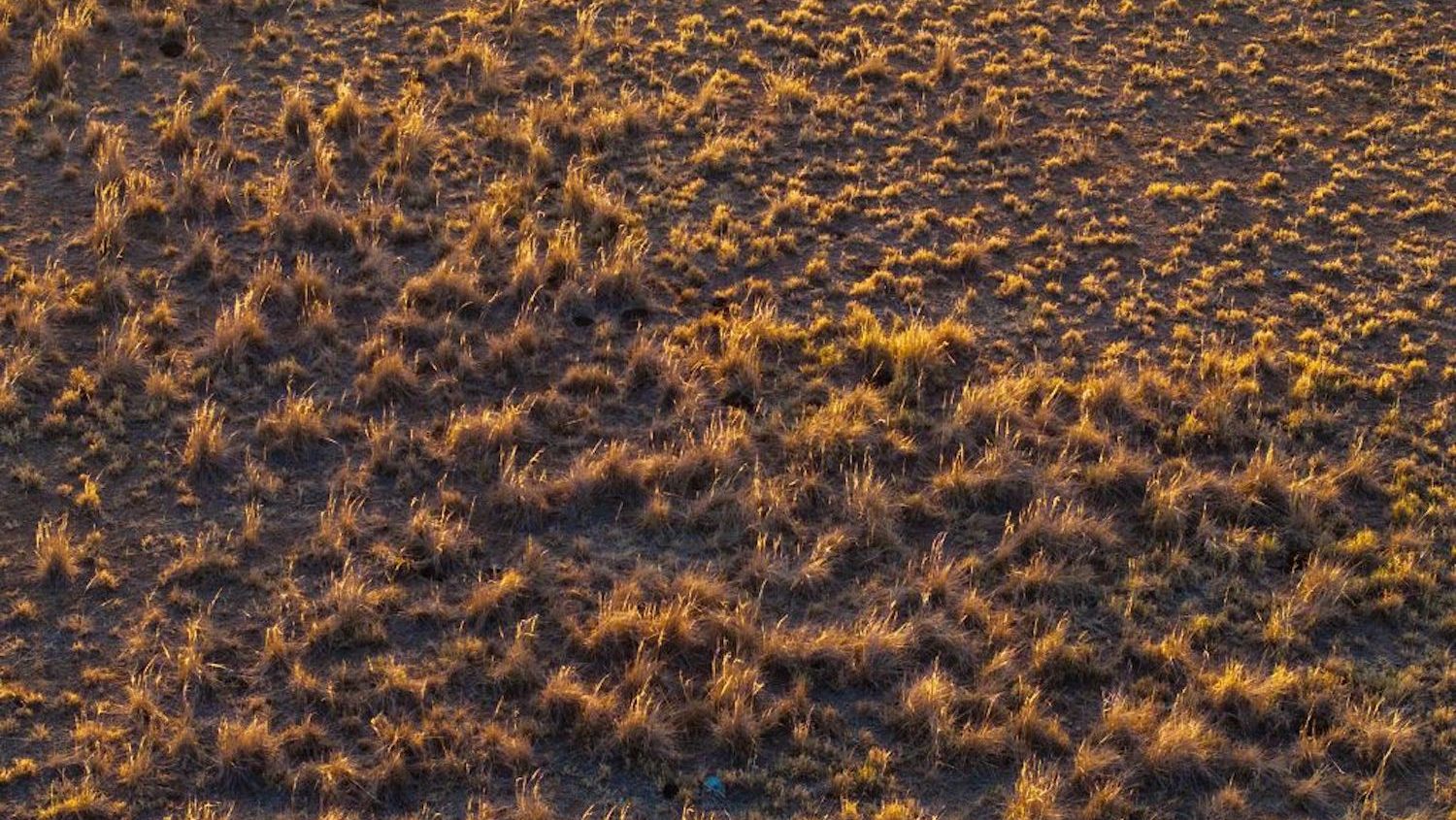
Shorebirds of the Grasslands
But all isn’t lost for these plucky, secretive little birds.
Nuget spent several years studying the plains-wanderer, in an effort to understand their habitat needs across grazing properties in northern Victoria. Along with the New South Wales Riverina region, this area is considered core habitat for the species, and likely acts as an important refuge for the birds during drought.
Plains-wanderers are a difficult bird to study. They’re most active during the day, but they’re almost impossible to find. “I’ve only ever seen a handful of these birds during the day, they’re really cryptic,” says Nugent. “They’ve got amazing camouflage, and they’ll duck down and be completely still and you just won’t find them.”
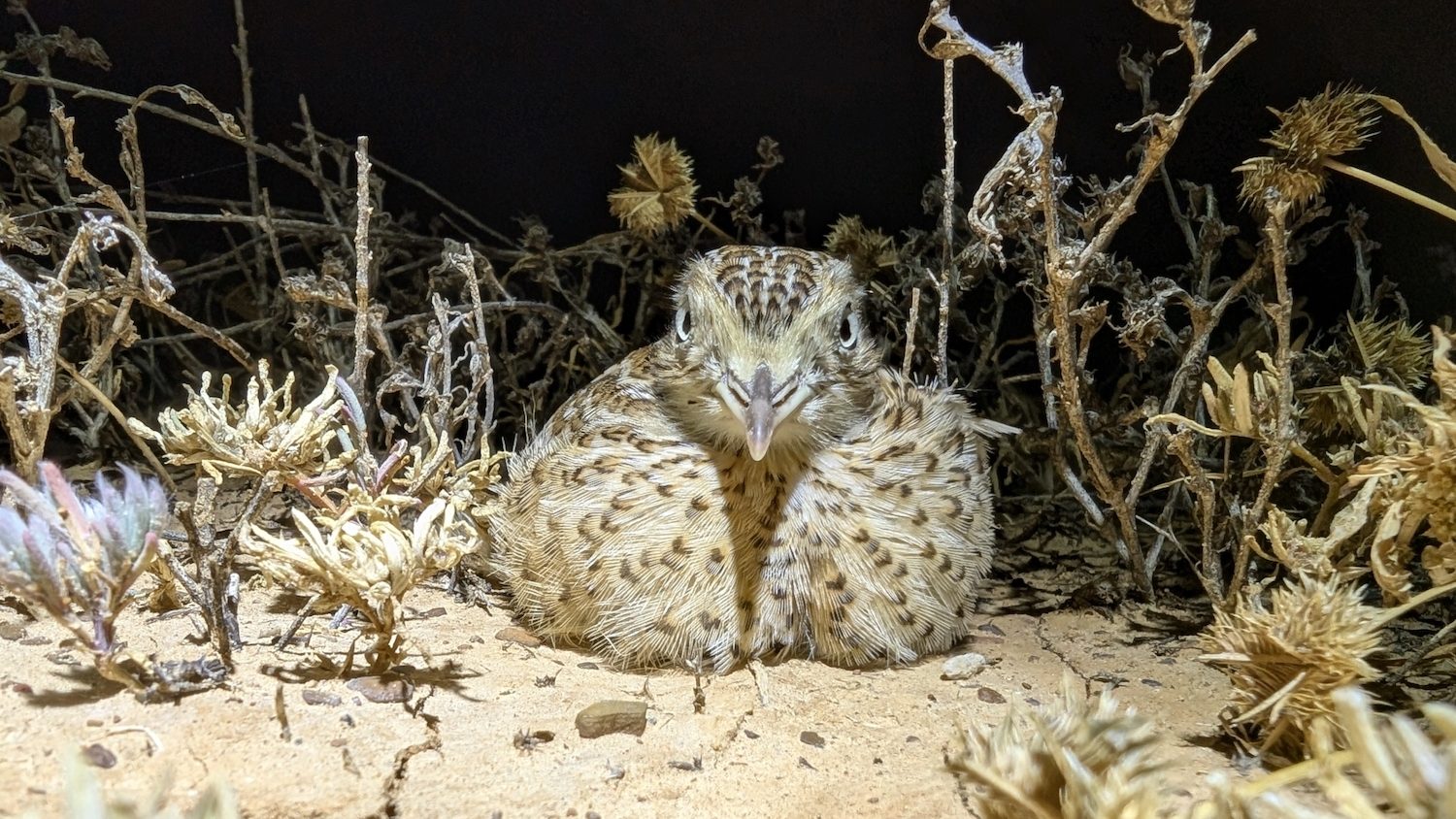
The key to finding birds is to survey for them at night, using a thermal camera attached to the roof of a vehicle. Once Nugent sees the white blob of heat on the camera screen, he can investigate on foot to see if it’s a plains-wanderer or another grassland creature. “At night they just kind of stand there, looking oblivious to anything around them,” he says.
Along with bird surveys, Nugent also ran a tracking study where he affixed plains-wanderers with tiny transmitters to better understand movements and habitat use.
“We found that they are using different habitat structures throughout the day,” says Nugent. “They seem to like denser vegetation for nesting and foraging, but then they’ll often go into the open areas, particularly to roost.” That need for a diversity of vegetation structure — not too open, but not too dense either — led is why the plains-wanderer is known as the Goldilocks bird.
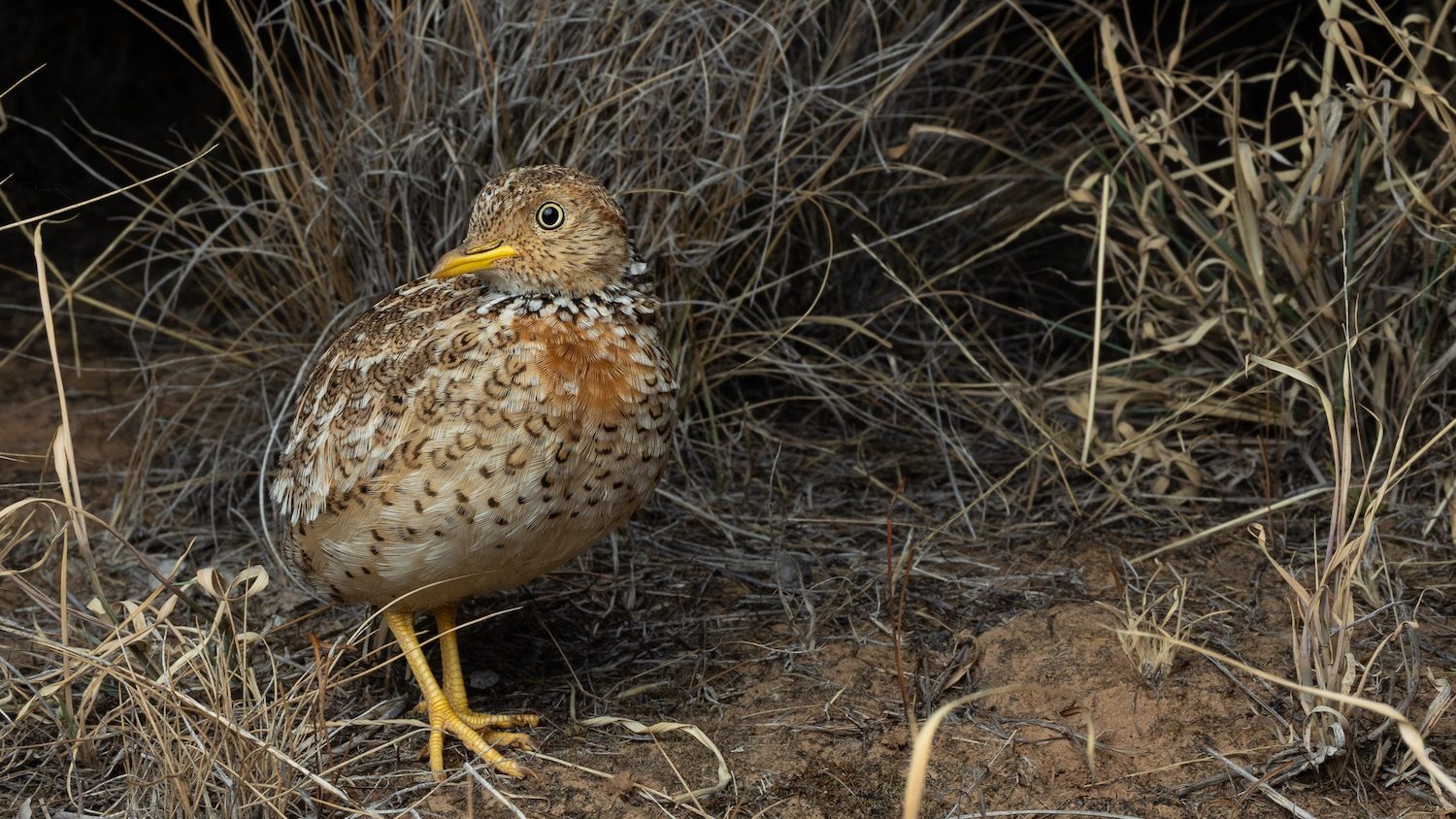
The good news is that cattle and sheep grazing can provide exactly this type of habitat, and that it doesn’t take too much effort to keep plains-wanderers happy. “That’s the story we try to get across to farmers,” he says. “Don’t flog your paddocks, leave a bit of grass in, and rotate your stock regularly, so you keep that kind of short, open cover throughout most of the year.”
Prior to European colonisation, kangaroo grazing and the indigenous burning would have helped maintain the diverse, open structure that plains-wanderer and other grassland species need. But Nugent points out that these ecosystems were also fundamentally different from the grasslands that exist today. They had more wildflowers and native grasses, and a soil crust of lichen and mosses that helped retain water and nutrients, both of which would have helped keep the grasslands open.
“But now we’ve sort of re-engineered these systems to be grass-heavy,” explains Nugent, “and that’s why the grazing is now such a key role.” Take away the cows and the sheep, and the grasslands get too thick for the species that call them home, including plains-wanderer and fat-tailed dunnart, a mouse-sized endangered marsupial carnivore.
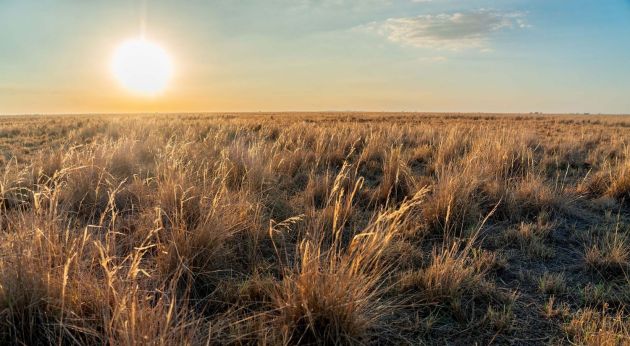
Protecting Patho Plains
The northern plains of Victoria, where Nugent conducted his research, support the highest density of plains-wanderers in the country. Much of this area is private grazing land, and Nugent says that partnerships with private landowners are key to protecting the plains-wanderer.
“We need to support farmers who have these last grasslands to manage them well,” he says. “We really need to keep developing opportunities for people who can protect biodiversity on private land.”

The Nature Conservancy Australia recently helped farmers in the Patho Plains region permanently protect their land. Working in partnership with the Trust for Nature, TNC helped establish covenants on several properties with high conservation value for plains-wanderer. Similar to easements in the United States, the covenants are voluntary agreements that protect property in perpetuity, even after it changes hands. Farmers receive an incentive payment, which helps them balance the costs of protecting habitat while still ensuring they have enough land to graze and run a financially viable farm.
For a little bird so dependent on native grasslands, protecting each and every bit that remains will help ensure the plains-wanderers have a future on the Patho Plains.
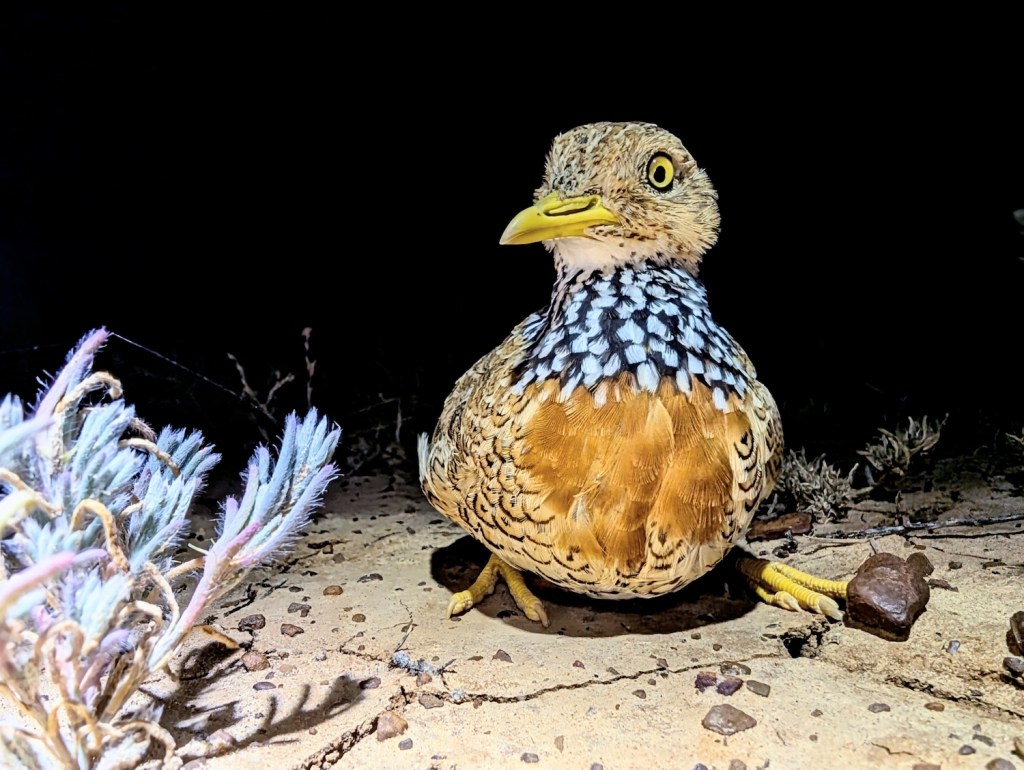



Join the Discussion